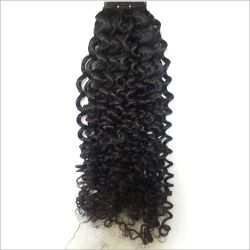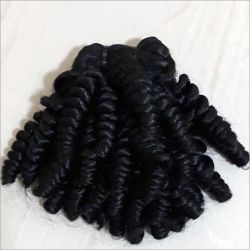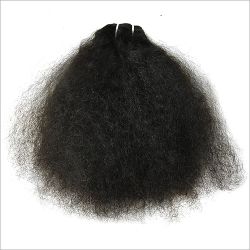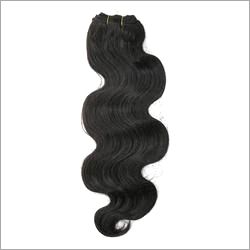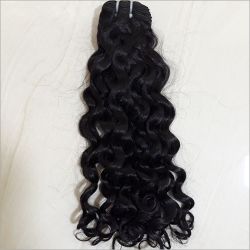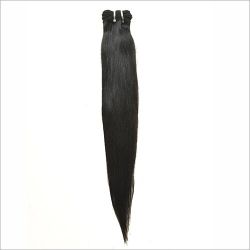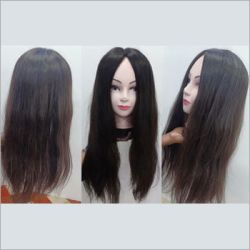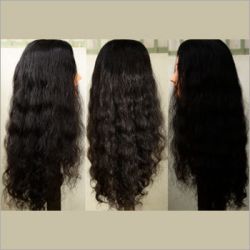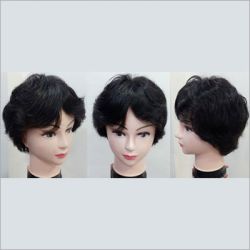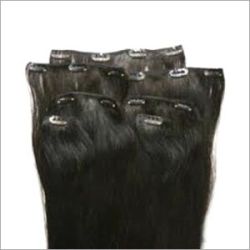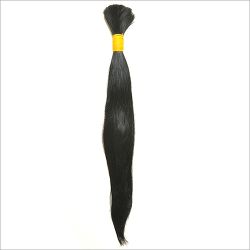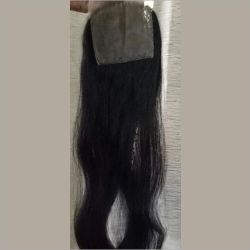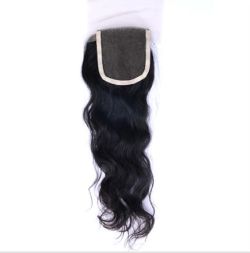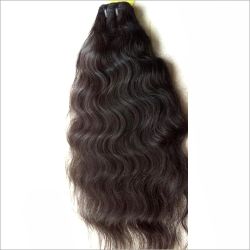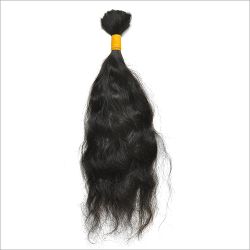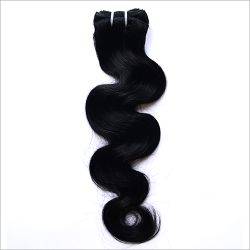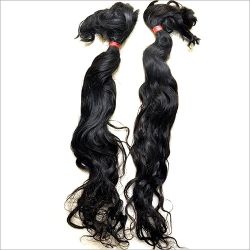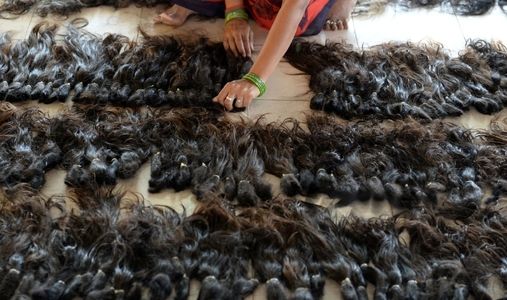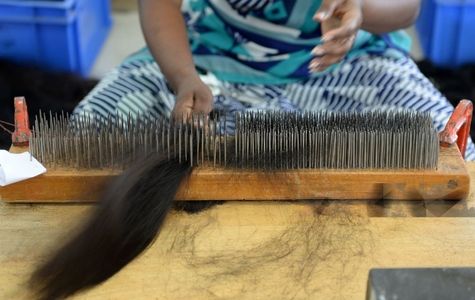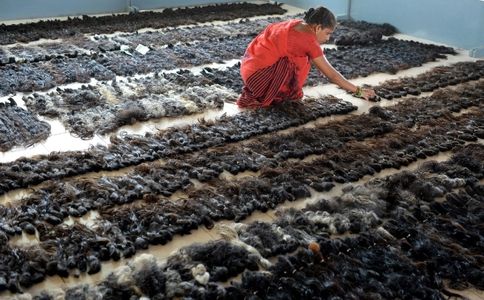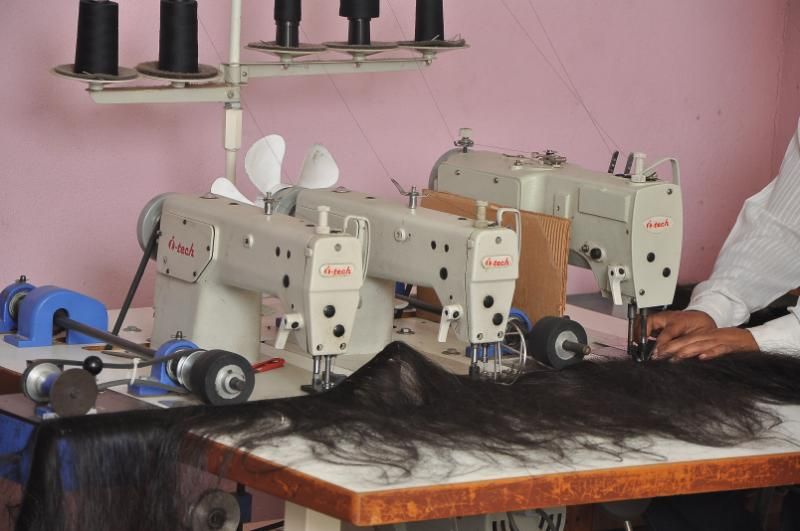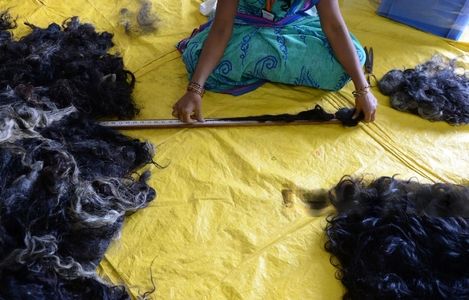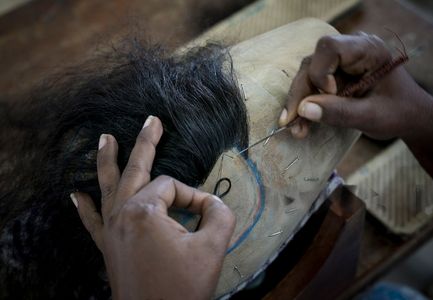Unlocking the Mysteries: Inside India’s Human Hair Sourcing Secrets
Introduction to India’s Human Hair Industry
-
The Indian human hair industry – a brief overview:
India has a rich tradition of temple hair, where devotees donate their hair as an offering to their deities. This hair is collected, sorted, and processed into various categories based on length, texture, and quality. While earlier, only a particular segment of the society used to wear wigs and extensions, now it has become a fashion statement for all. The market is also flooded with cheaper versions of wigs and extensions, made out of processed hair.
-
India’s competitive advantage in the human hair industry:
India has a significant cost advantage over other countries, making it highly competitive in the global market. For example, Chinese hair exporters offer hair at cheaper prices; however, Indian hair is better quality-wise. Indian hair is thicker, shinier, and closer in texture to European hair than Chinese hair. This makes Indian hair a more preferred choice for people from across the world. Besides, India offers an abundant supply of raw hair which makes it one of the most sought-after destinations for human hair.
-
Business opportunities in the Indian human hair industry:
Small business owners and entrepreneurs can enter this industry in various ways. They can source the raw hair and export it to other countries, start manufacturing their own range of wigs and extensions, or start a retail or e-commerce venture for selling hair products. It is essential to understand the regulations for exporting and importing human hair and get the necessary licenses before starting the business.
-
Challenges in the Indian human hair industry:
Like any other industry, the human hair industry also has its share of challenges. One of the most significant issues is the prevalence of unorganized players in the market who sell sub-standard and counterfeit hair products. To be a successful player in this industry, it is important to have a quality supply chain and ensure that all products are genuine. Another challenge is establishing a brand in a highly competitive market.
-
Conclusion:
The human hair industry is a lucrative business field that entrepreneurs and small business owners can venture into. The Indian human hair industry offers a distinctive value proposition to the global market with its high-quality hair at competitive prices. With the right strategy, entrepreneurs can establish a successful business in the human hair industry with good growth prospects. However, it is crucial to navigate the challenges in the industry and establish a reputable brand to sustain and grow the business in the long run.
| Wig Type | Men / Women Wigs |
| Style | Straight, Curly, weft, Raw |
| Craft Mode | Machine Made |
| Length | 10-34 Inch (in) |
| Colour | Black |
| Supply Ability | 5000 Kilograms Per Day |
Styles
- Natural
- Straight
- Curly
- Wavy
Processed
- Deep curly
- Spring curly
- Kinky curly
- Body wavy
- Deep wavy etc…
How can we help?
Sourcing human hair from India is a common practice in the hair extension and wig industry. India is known for its high-quality human hair, often procured from Hindu temples where devotees offer their hair as a religious sacrifice. This hair, known as “temple hair,” is considered premium due to its quality and texture.
We specialize in providing ethically sourced, top-quality women’s hair wigs, raw hair, hair extensions, hair closures, wavy hair, curly hair, body wave bundles, and machine weft hair. Our range of hair types and products is crafted using cutting-edge tools and technology, ensuring exceptional quality.
Manufacturers, traders, or importers can now place their orders according to their specific requirements. We take pride in offering these products at highly competitive prices while guaranteeing timely delivery.
Get in touch with us today to explore our premium selection of hair products and experience the excellence we provide.
What are Types of Natural Hair?
- Virgin hair is 100% human hair that’s never been chemically treated or dyed.
- Remy hair is human ponytail hair with the cuticle in one direction, but it can be dyed or treated hair.
- 100% human hair is any hair from a human scalp — meaning it can come from the floor of a hair salon, a brush, or even a corpse.
“Is Remy hair human hair?”
And the answer: Yes, Remy Hair is real, natural, human hair.
What is Remy hair?
Remy hair is hair where the cuticles are kept intact and facing the same direction, they are not stripped, which is what happens in most other non-remy human hair extensions. By keeping the hairs’ cuticles, and aligning them to go in the same direction, the hair keeps its natural appearance. Remy hair will remain tangle-free, whilst looking and feeling soft and shiny.
In Remy hair, the strands are kept intact following the natural growth pattern i.e. all the strands are in one direction from root to tip. It is the highest grade of human hair available and comes predominantly from one individual.
What is Single Drawn hair?
In Single Drawn, the hair tip is maintained with its natural taper intact with the head level on one side. E.g. if you buy 16″ -19″ hair, the bundle will have most hair strands ranging from 16″ to 19″ long with no hair less than 5″ short.
What is Double Drawn hair?
Every hairpiece contains only hair of the same length. The process is done by hand and no machine is involved.
What do the terms “bulk” and “weft” mean?
- Bulk hair is loose hair which is made into bundles. It is the base product from which other hair products are made.
- Wefting is the process of sewing the hair strands across in one straight line. It is used for making extensions.
What is the difference between machine weft and hand tied weft?
Hand tied wefts are made by tying strands of hair around a strong weaving thread; this process is done by hand. Machine wefts are made by sewing strands of` hair together with a hair sewing machine. Machine weft could be double machine weft or single machine weft, sometimes called thin weft or light weft.
What is the best way to cut a weft?
Hand weft is made to specific lengths as per client requirement. Cutting should be avoided as it will lead to shedding. Machine weft can be cut but it has to be glued again at the edges to make it strong. Consult a professional to help you with the task.
How wide is the weft?
The width of the weft depends on the length of the hair, the longer the length, shorter the width.
whats the difference between Synthetic and Remy human hair Extensions?
Remy human hair extensions can be washed, styled and treated like your natural hair. If properly cared for, with the correct aftercare, 100% Remy human hair extensions can last up to 6-8 months, depending on the extension method.
When it comes to synthetic hair extensions, these can be difficult to style and blend with your own hair, as they have a wiry or coarse feel to them. Because of the coarse look of synthetic extensions, they can appear more noticeable than Remy human hair extensions. Non-remy extensions don’t have the same lifespan as our 100% Remy hair extensions, lasting for as little as 1 month; they can become damaged from heat and styling, making their lifespan shorter.
What are the remy hair prices?
Remy hair prices vary from supplier to supplier. It depends on a number of factors. Including:
- How much hair is on the hair extension.
- The length of the hair.
- The quality of the Remy hair and if it’s mixed with anything else (which is sadly often the case).
- The quality of the workmanship of the stitching, etc.
- The volume at which the retailer can buy them at.
- Among other things.
